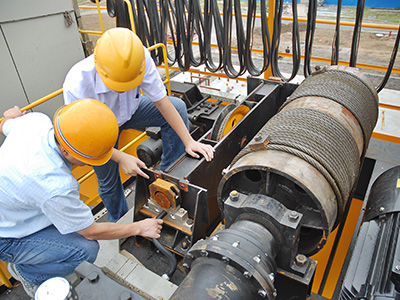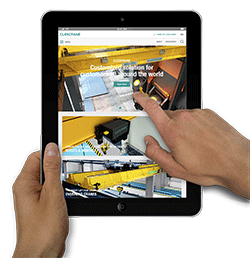Crane Maintenance Standards
There's no argument that preventive maintenance—conducted in accordance with the CLESCRANE's experts and technicians‘ recommendations—is essential to promoting overhead crane safety. This section of the standard furthers the case for preventive maintenance by outlining safe, proper preventive maintenance procedures that minimize interference with operation of cranes that are still in use.
Preventive maintenance
A preventive maintenance program based on the crane manufacturer's recommendations shall be established.
Before adjustments and repairs are started on a crane the following precautions shall be taken:
1. The crane to be repaired shall be run to a location where it will cause the least interference with other cranes and operations in the area.
2. All controllers shall be at the off position.
3. The main or emergency switch shall be open and locked in the open position.
4. Warning or "out of order" signs shall be placed on the crane, also on the floor beneath or on the hook where visible from the floor.
5. Where other cranes are in operation on the same runway, rail stops or other suitable means shall be provided to prevent interference with the idle crane.
6. After adjustments and repairs have been made the crane shall not be operated until all guards have been reinstalled, safety devices reactivated and maintenance equipment removed.
Adjustments and repairs
1. Adjustments and repairs shall be done only by designated personnel.
2. Adjustments shall be maintained to assure correct functioning of components. The following are examples:
• All functional operating mechanisms.
• Limit switches.
• Control systems.
• Brakes.
• Power plants.
Repairs or replacements shall be provided promptly as needed for safe operation. The following are examples:
1. Crane hooks have defects shall be discarded. Repairs by welding or reshaping are not generally recommended. If such repairs are attempted they shall only be done under competent supervision and the hook shall be tested to the load requirements before further use.
2. Load attachment chains and rope slings have defects
3. All critical parts which are cracked, broken, bent, or excessively worn.
4. Pendant control stations shall be kept clean and function labels kept legible.











